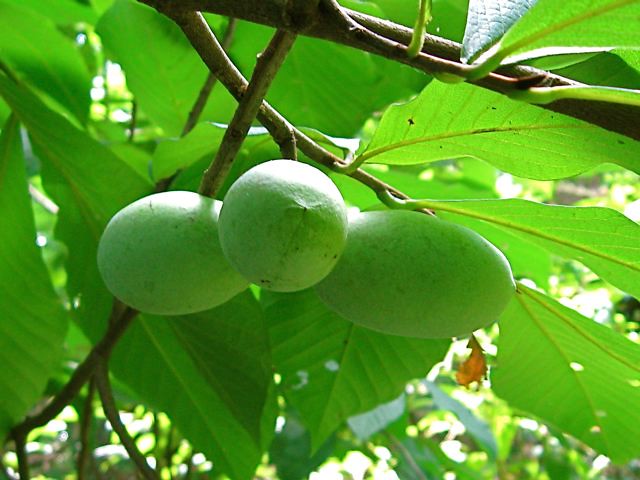
The Pawpaw Tree, Asimina triloba, is the largest fruit native to North America. It is famous for its rich, tropical flavor and custard-like texture. While there are many different tropical fruits known as "pawpaw", such as papaya or graviola, the pawpaw tree is the only true pawpaw. Unlike tropical fruits, the pawpaw tree grows in the temperate regions of the USA, so it is possible to grow these trees in your own garden.
These trees can grow in the USDA hardiness zones 5 to 9, so if you live in a temperate region of the USA, you can have a pawpaw tree in your garden. These are hardy deciduous perennials that can grow either as shrubs or as trees. The plant does not self-pollinate, so it depends whether it would give fruit or not. However, even without the fruit, it is very striking, with is golden leaves and musky maroon flowers. It looks very attractive, so some people choose to grow it for the flowers and leaves alone. Another reason not to grow pawpaw trees for fruit is because the fruit can give some people stomach trouble. However, many people enjoy the fruits without a problem. The fruit perishes quickly after ripening, so this is why it's not easy to find it in stores. If you enjoy this fruit, consider growing pawpaw tree in your own garden. This is the best way to ensure access to all those tasty fruits.
How to Grow Pawpaw Trees: Requirements
If you wish to grow pawpaw trees in your garden, you need to provide them with some specific conditions. This is a plant that loves areas rich in organic materials, and it thrives when grown near waterways and woodlands. It needs moist ground so these are the conditions you need to replicate in your garden.
As a shrub, it also thrives in the partial shade of the taller deciduous trees. Keep this in mind if you wish to grow pawpaw trees as shrubs. However, in the full sun, it will grow as a pyramid-shaped tree that can exceed 30 feet in height. This is important to remember, because you need to ensure that your tree has enough room to grow.
Also, keep in mind that both the tree and the shrub will develop suckers that grow into additional plant. These eventually form a thicket of growth on the patch.
How to Grow Pawpaw Trees: Conditions
Here are the most important growing conditions that you need to provide if you wish to grow pawpaw trees:
Choose a Good Location
If you wish to grow pawpaw trees properly, you need to provide them with moist soil that is neutral or slightly acidic. It has to be rich in organic matter and to drain well. If your soil is not appropriate, you can amend it with compost and nutrient-rich fertilizer.
For growing a tree, make sure to choose a spot that can receive full sun. It should be a bit sheltered from the wind by a fence or a building. Make sure that the tree has enough room to grow: pawpaw trees can grow up to 30 feet in height and 20 feet in width.
For growing a shrub, choose a spot with a partial shade, ideally under the canopy of a tall deciduous tree. Also, make sure that there is enough room for the shrub to spread properly.
Ideally, you should plant your pawpaw trees in the spring and fall, because this is when the plant is dormant. Make sure to leave at least 15 to 25 feet between the trees.
Care Regime
It is important to water your pawpaw tree thoroughly during the growing season. You might water even more if there is not enough rain. Also, it is best to apply some all-purpose fertilizer, but make sure that it is diluted.
In the spring, make sure to give your pawpaw tree a layer of mulch. This will keep the soil moist. You do not have to prune a pawpaw tree, except if you need to remove damaged and dead branches. Observe your tree regularly to notice such branches and remove them as soon as possible to keep your tree healthy.
Mature pawpaw trees and shrubs should be fertilized each spring, using a slow-release, all-purpose fertilizer. It is best to use a granular fertilizer that can be sprinkled in a circles a few inches away from the base of the plant.
Diseases and Pests
The good news is that pawpaw trees are not easily susceptible to pests and diseases, especially when they are well-maintained. However, they can develop bacterial of fungal leafspot at some point. This typically happens on leaves that remain wet for too long. If this happens, treat the leaves with a copper-based fungicide. If you grow fruit on your pawpaw tree, make sure to choose a fungicide that is safe for use on edible fruit.
Also, beware of the pawpaw peduncle borer. This is one of the rare pests that target pawpaw trees specifically. Other pests that can attack include spider mites, caterpillars, hornworms and Japanese beetles.
It is also important to remove all weeds around your pawpaw trees and shrubs as soon as they appear, typically in the summer. Cleaning all weeds will reduce the risk of pests and disease on your pawpaw trees and shrubs.
Photo credit: naomivantol
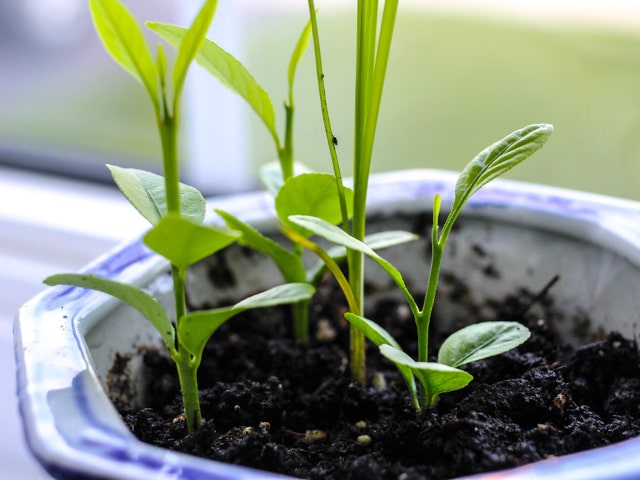
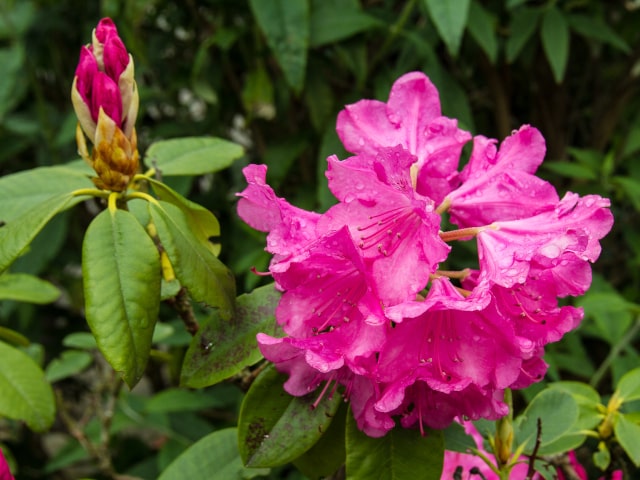
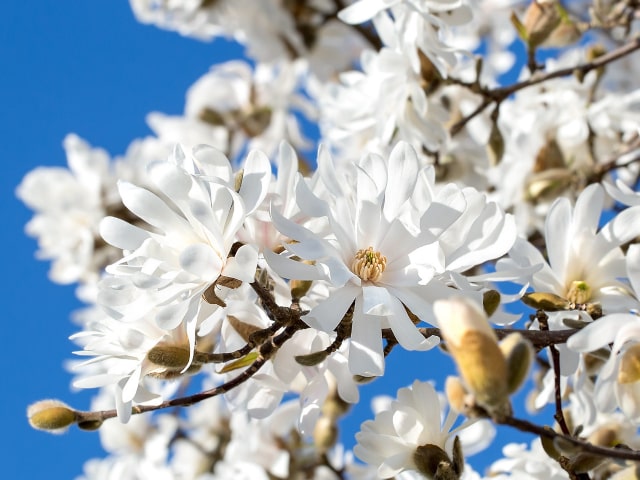
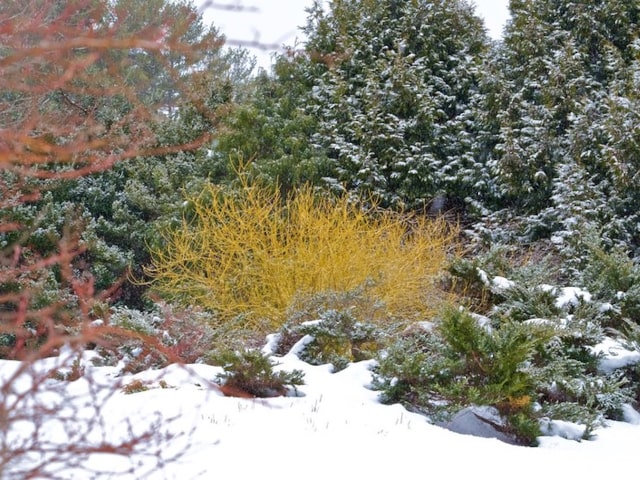
0 Comments